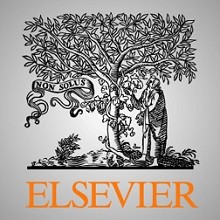
روند آشکارسازی حوادث در بین افراد با لکنت زبان
Abstract
1- Introduction
2- Method
3- Results
4- Discussion
References
Abstract
Purpose The purpose of this study was to identify components of disclosure events among people who stutter, and identify possible relations between these components in order to understand how disclosure events unfold. Method Twelve adults who stutter participated in semi-structured interviews focused on disclosure of stuttering. Participants were purposefully selected due to their self-reported history of disclosing stuttering. Qualitative content analysis using a grounded theory approach helped to identify relevant themes and subthemes related to the process of disclosure of stuttering. Results The findings describe the complex process of disclosure as being comprised of antecedents (including considerations about when and why to disclose), the disclosure event itself (including the content and form of the disclosure, most and least helpful methods of disclosure, as well as immediate listener reactions), and the perceived outcomes of the disclosure at individual, dyadic, and societal/contextual levels. These components of the process are linked and affect one another, resulting in a feedback loop. Disclosure methods are context-dependent and not mutually exclusive within individuals who stutter. Conclusion Professionals and advocates gaining a more nuanced understanding of the process of disclosure events can increase their ability to help people who stutter make optimal decisions about disclosure. Making good disclosure decisions can help PWS improve their quality of life and reduce a variety of environmental communicative barriers.
Introduction
Disclosure occurs when an individual shares personal information with other people that would have otherwise remained hidden or concealed. Although the term disclosure has most traditionally been thought of as being relevant mostly to hidden conditions or experiences, the disclosure process also seems to be quite relevant for individuals who stutter. Even though stuttering is not a totally concealable disorder for many people who stutter (PWS), there are several aspects of the condition that make disclosure of it important to consider. In addition, despite the idea that disclosure or openness about stuttering is not new in the stuttering literature, our field has lacked an understanding of the complexities and components of this process. This introduction will review (a) background literature on disclosure in general, (b) why disclosure is relevant to stuttering and PWS, (c) research on the correlates, consequences, and critical elements of disclosure for PWS, and (d) a justification for the current study and a description of goals and research questions.
